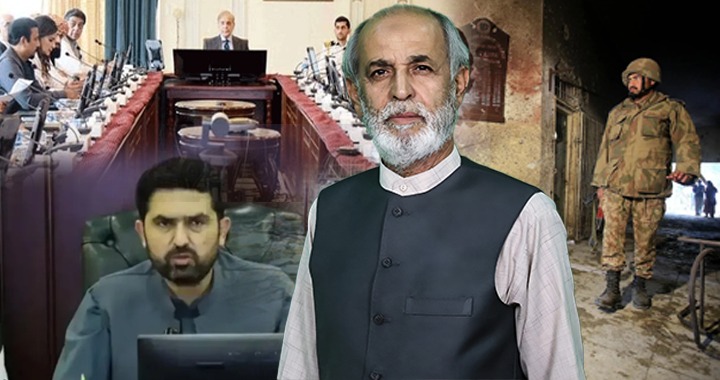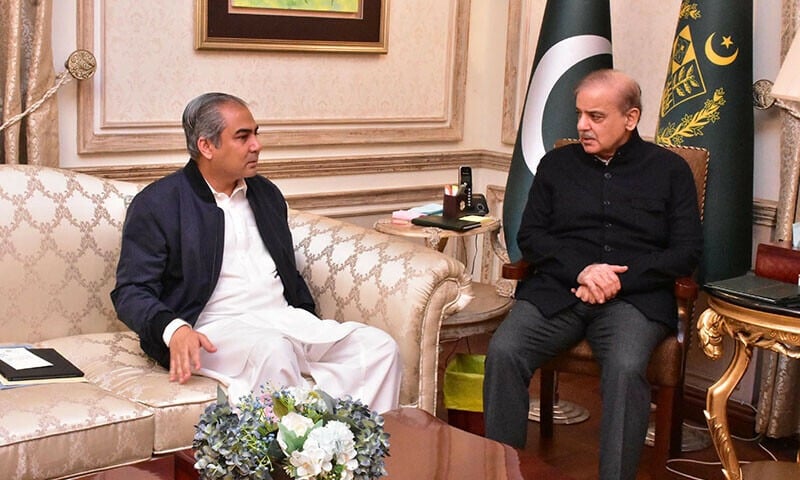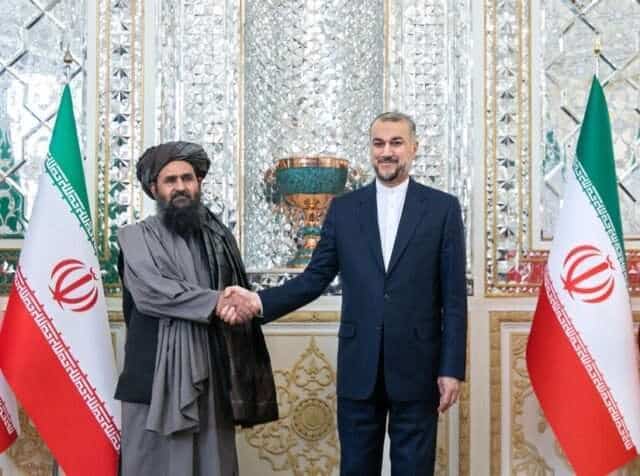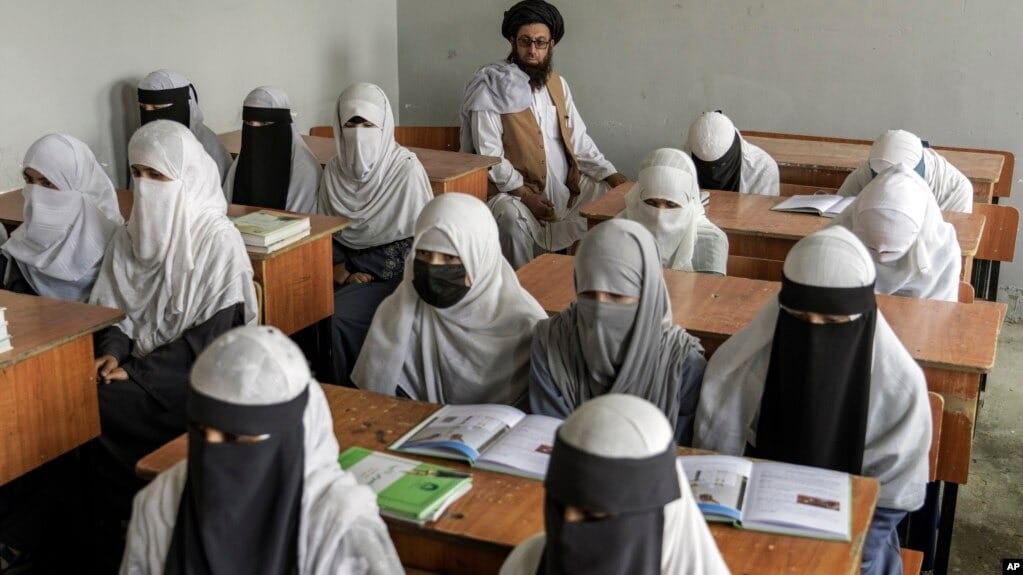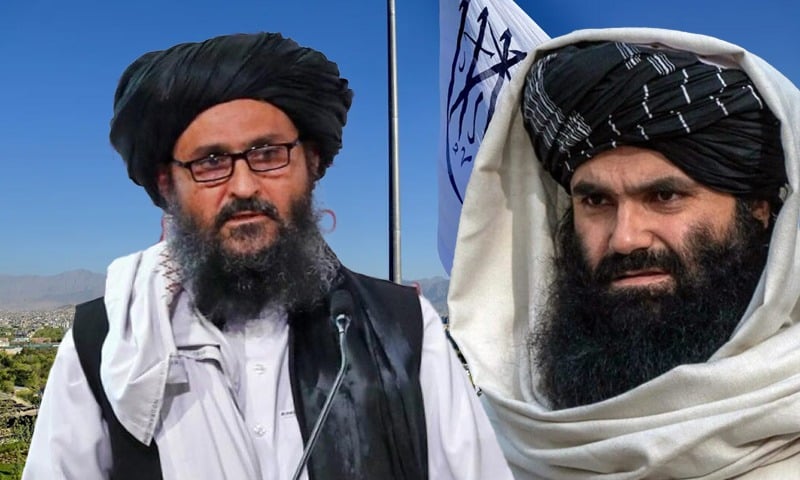(Shamim Shahid)
In December 2014, after the tragic Army Public School attack in Peshawar that shook the nation’s conscience, Pakistan’s leadership agreed on a National Action Plan (NAP) to counter terrorism and extremism. The plan, consisting of 20 points, became a national consensus to restore the writ of the state and eliminate militant sanctuaries. It was later reviewed in 2021 and remains the central policy document for internal security.
Yet, more than a decade later, Khyber Pakhtunkhwa’s reality presents a troubling contrast. Instead of reinforcing the National Action Plan, the provincial government has embarked on drafting separate Terms of Reference (TORs) for public engagement in its own counter-terrorism framework. This approach, while framed as provincial initiative, underscores a widening disconnect between Peshawar and Islamabad—one that threatens to fragment Pakistan’s collective security effort.
Terrorism is not a provincial concern; it is a national issue requiring unified response. The current KP administration, however, appears to be operating in isolation. Political confrontation has overtaken coordination. The Prime Minister identifies himself as a champion of confrontational politics, while the federal leadership shows little willingness to cooperate with the province.
As a result, KP’s leadership remains out of contact with the federal government for weeks, deepening a sense of mistrust. This “generation of suspicion and doubt,” unless addressed, will continue to poison relations between the centre and the province. No counter-terror strategy can succeed under these conditions of political ego and institutional disconnection.
Following the surge in militant attacks in the province, former Chief Minister Ali Amin Gandapur’s cabinet established a 30-member committee led by Babar Salim Swati to review terrorism and the Civil Action Law. The committee included representatives of multiple political parties. Later, Sohail Afridi was appointed chairman to consult across party lines and submit recommendations.
Despite good intentions, this exercise has yet to yield tangible results. The new provincial cabinet, instead of bringing in fresh minds or technocrats, largely comprises the same figures who served under Ali Amin Gandapur, Mehmood Khan, and Pervez Khattak. Only one special assistant has been newly added. This repetition signals stagnation rather than reform at a time when new thinking is vital to confront renewed waves of terrorism.
The National Action Plan was built on national consensus and inter-provincial cooperation. Its success depended on trust between the federation and the provinces. As things stand, KP’s unilateral drafting of TORs risks undermining that trust. The solution lies not in parallel structures but in direct engagement.
The Prime Minister, Interior Minister, and Defence Minister must sit down with the KP leadership. Either the provincial government should travel to Islamabad or the federal delegation should visit Peshawar to revive communication. Without this dialogue, no framework federal or provincial—will restore security or confidence.
Another key dimension of this discussion is Afghanistan. Talks between Pakistan and the Taliban government are scheduled for 6 and 7 November in Istanbul, with mediation by Turkey, Qatar, Iran, and China. The agenda includes the repatriation of Afghan nationals and the presence of the Tehreek-e-Taliban Pakistan (TTP) on Afghan soil.
Afghan officials maintain that TTP members who fled after operations such as Rah-e-Nijat (2009) and Zarb-e-Azb (2014) are living there as “guests.” They insist that terrorism inside Pakistan is an internal problem. Pakistan, on the other hand, argues that these militants maintain active linkages within Afghanistan and are responsible for cross-border attacks.
Mediators prefer de-escalation, seeking at least a conditional ceasefire and temporary relocation of militants to northern or western Afghanistan in camps similar to those once used for Afghan refugees in Pakistan. Kabul, however, demands financial assistance to sustain such arrangements.
The historical context cannot be ignored. The Pashtun belt straddling the border has for centuries maintained cultural and familial ties across the Durand Line. From the era of the Tehrik-e-Khilafat to cross-border migrations during Bhutto’s government and the Zia ul Haq period, the tradition of sheltering displaced Pashtuns—called mehmani—has shaped local attitudes. These historical realities complicate Pakistan’s efforts to draw a hard line between security and fraternity, even when militants exploit those very connection
Khyber Pakhtunkhwa’s initiative to design its own TORs should not be dismissed outright, but it must not operate outside the umbrella of the National Action Plan. The NAP still provides the essential national framework; provincial adaptations must strengthen it, not replace it.
1. Federal–Provincial Synchronisation: KP and Islamabad should re-establish regular coordination under NACTA to align objectives. 2. Fresh Talent and Technocratic Inclusion: The provincial cabinet and committees need new faces with expertise in policing, intelligence, and social reform. 3. Public Participation: Counter-terrorism will succeed only when the people trust the state; provincial TORs should create room for civic engagement. 4. Regional Diplomacy: Border management and refugee policy must be framed with Afghan cooperation and international mediation.
A decade after the Army Public School tragedy, Pakistan once again stands at a crossroads. The promise of the National Action Plan has dimmed amid political polarisation and institutional fatigue. In Khyber Pakhtunkhwa, where the scars of militancy are deepest, the drift from national consensus could prove disastrous.
Unless the federation and the province rebuild communication, share responsibility, and approach security as a collective national duty, the sacrifices of the past decade will lose meaning. The fight against terrorism cannot be won through isolation, confrontation, or recycled committees it demands unity, humility, and sincerity of purpose.

